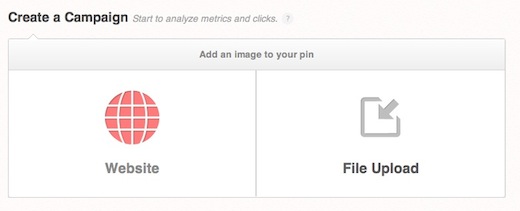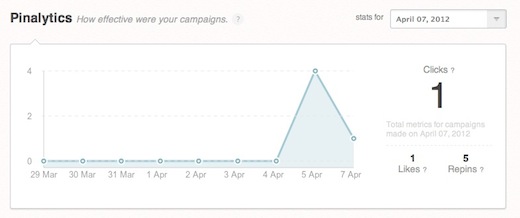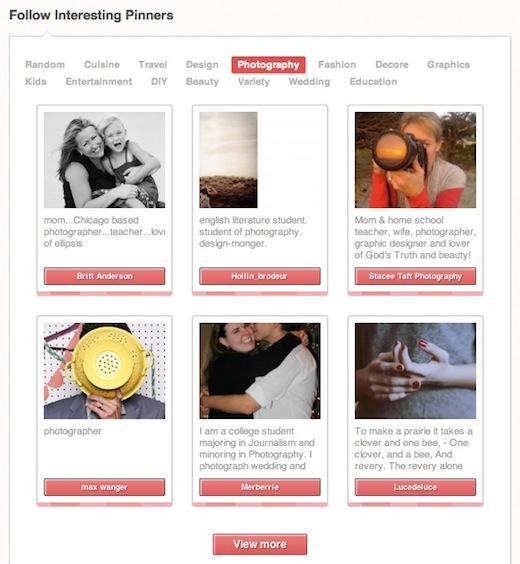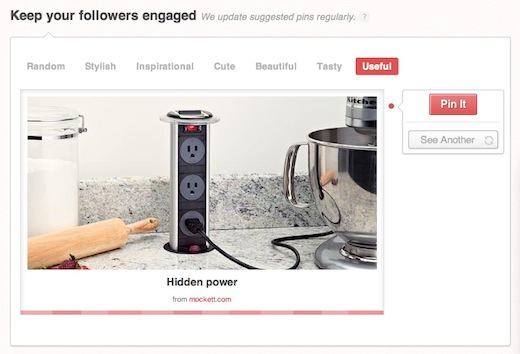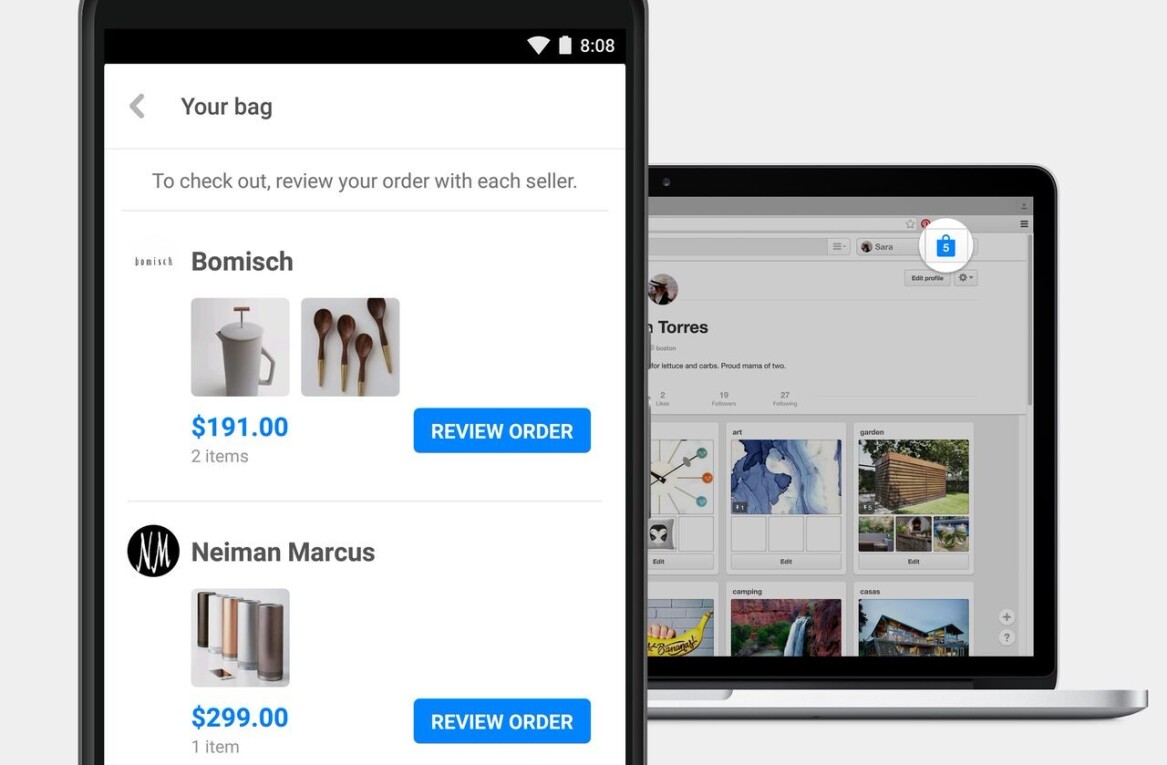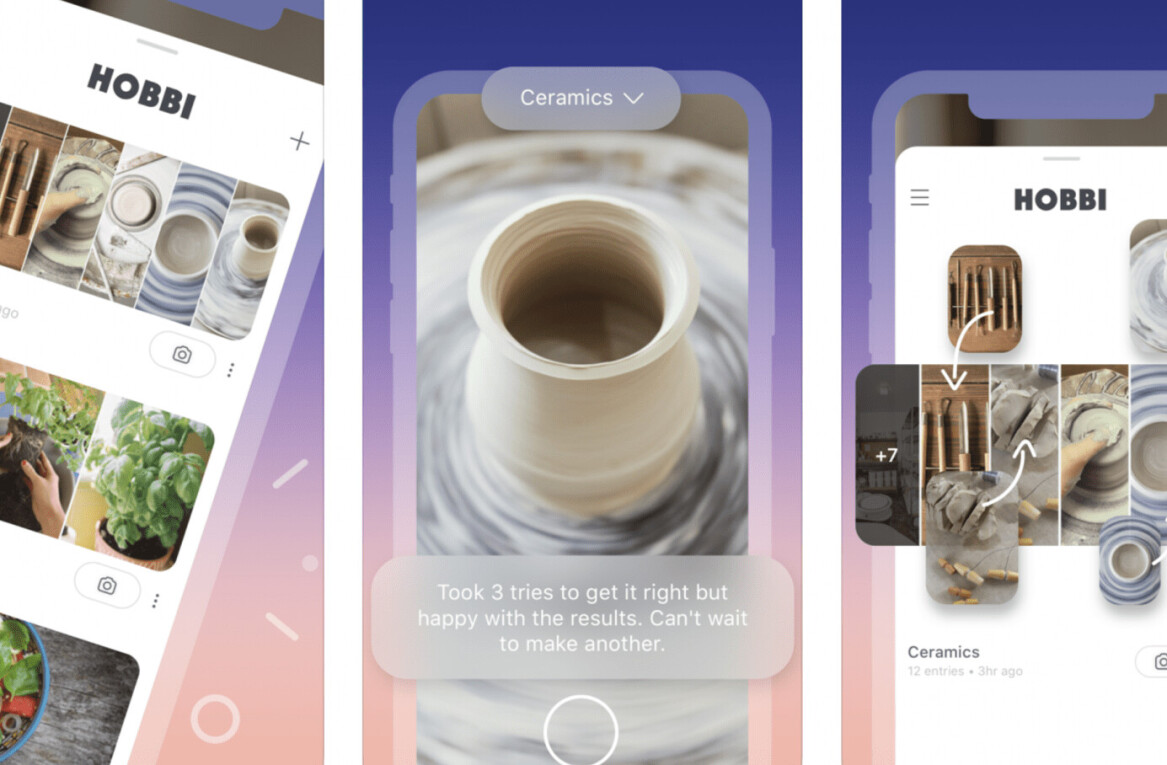![Pinterest analytics site receives 36,000 sign ups in one week [Review and Invites]](https://img-cdn.tnwcdn.com/image?fit=1280%2C720&url=https%3A%2F%2Fcdn0.tnwcdn.com%2Fwp-content%2Fblogs.dir%2F1%2Ffiles%2F2011%2F12%2Fpinterest.jpg&signature=25f8b6444a4318912b09969808a816d5)
With businesses working hard to make the most out of Pinterest’s explosive growth and traffic rates, there are lots of tips and tricks on how to make the social network work for them. Now there’s a site, Pinerly, that will help you figure out if what you’re doing is actually working.
 The invite-only site makes it easy to keep track not only of repins and likes that your posts are receiving, it gives its users the added advantage of letting you know how many click-throughs each post receives. Pinerly’s ‘Pinaltyics’ feature gives users much-needed insight into what your Pinterest followers are responding to and what simply didn’t hit the mark.
The invite-only site makes it easy to keep track not only of repins and likes that your posts are receiving, it gives its users the added advantage of letting you know how many click-throughs each post receives. Pinerly’s ‘Pinaltyics’ feature gives users much-needed insight into what your Pinterest followers are responding to and what simply didn’t hit the mark.
We caught up with Rick Kats, Pinerly’s co-founder, to find out more about the inspiration behind creating the site, how it works, and what we can expect from Pinerly in the future.
Pinerly comes courtesy of a small team of four – two developers and a brand strategist, while Rick is responsible for the UX/UI. Explaining where the idea for Pinerly came from, Rick told us:
“We were using Pinterest to market our old business (www.setnight.com) and noticed that our traffic increased by 30%. We really loved Pinterest from day one and enjoyed how friendly and passionate the demographic using it is. Although it was a lot of fun using Pinterest, our biggest pain was trying to measure the amount of traffic brought to us from certain pins (ROI – or return on our time to see what works and doesn’t). This is the fundamental reason why we started Pinerly”.
He adds, “There is a nice phrase that we saw some time ago, ‘If you cannot measure it, then it’s just a hobby’. We believe that it’s completely true and are creating the tool that we wished we had for ourselves when trying to get more exposure to our brand.”
Clearly Rick and his team are not alone. The site received 36,000 signups within one week of launching, and its 500 beta testers have generated about 1,000 campaigns. You can check out what Pinerly’s beta testers are sharing on Pinterest here.
How the site works
When you sign up for a Pinerly account, the first thing you’ll want to do is create a ‘campaign’. Really all this means is that you’re creating a new Pinterest post through the Pinerly interface. Creating posts using the Pinterest bookmarklet, or directly on Pinterest, won’t get you any of the site’s ‘Pinalytics.’
To create a campaign, you can copy and paste the link with the image you want to use, or upload it from your computer.
Using the option to find images from a link, Pinerly will show you the images available on that page. You can then select the image of your choice, add the link you want the image to point to, and add a description.
Hit the ‘Pinerly It’ button, and then you’ll have to go through one final step, which is to actually post it on Pinterest.

Go back to the Pinerly page, and confirm that you’ve added the pin to Pinterest, and you’re ready for your Pinalytics.
Why do you need Pinterest analytics?
On Pinterest itself, you can see at a glance, how many repins and likes your pins have received. Pinerly’s star feature is letting you know how many people are actually clicking on the link to find out where the image came from. If you’re using Pinterest to drive traffic to your website, this is an invaluable feature.
Aside from giving you insight into the click-throughs, Pinerly presents all of its analytics information in a graph, broken down by date. You can find out, how many clicks you received, how many likes, and how many repins, making it easy to know which of your posts users are responding to.
It would be great to see this feature include wider timeframes so that you can get a sense, month on month, how your Pinterest campaigns are coming along.
Speaking to Rick about Pinterest’s potential as a marketing tool, he told The Next Web:
“We’re seeing some pins getting over 160 click-throughs to the final destination. It’s interesting, the more a pin stands out and relates to something that others can relate to and is trending, the higher the click-throughs.
It seems obvious, but you’d be surprised to see how some pins get high re-pins and likes, but little click-throughs. This is exactly what we’re trying to help brands understand, the fundamental way to approach users to get the maximum clicks to their destination. At the end of the day, every brand is looking to get clicks to their final destination so that they can measure their ROI”.
You’ll notice, as you start to use Pinerly, that the ‘source’ of content is listed as Pinerly.com. This comes down to the fact that, in order to calculate the click-through rate of the pins, it has to go through Pinerly itself, although Rick tells us that they will try to modify this in the future. Clicking on the pin, however, takes users directly to your link.
Suggested users, pins, and scheduling posts
Aside from Pinalytics, Pinerly also suggests other users to follow. Explaining how these Pinterest users are chosen, Rick says, “We look for users with incredible content, a lot of boards, and people that actually make an effort to engage with their social media audience. This is extremely important to us and what we consider someone that ‘should be followed.'”
Pinerly also makes it easy to generate more content on your Pinterest page, if you are looking for additional pins to keep your followers engaged. Rick tells us that in addition to scouting for interesting content themselves, they’re also keeping an eye on what is receiving the most re-pins, likes and comments.
Rick explains, “This helps us find the best content to engage with their audience. The idea behind this was to allow people to spend more time on their own content and engaging with their followers and less time scouting the web for new things, which we handle for them”.
He adds, “The final destination of each of our suggested pins always refers to the same location where we found the content. This aligns with Pinterest’s TOS. We are always open to new suggestions for where to find content and we always pick the best”.
A feature that is soon to come to Pinerly is scheduling posts. Rick explains the need for this feature:
“One of the most important things about Pinterest is to disperse the pins over time. So instead of just pinning everything at once, it would be great to have a way to spread your content throughout the day so that even when you are away from the computer, pins that you may have found earlier in the morning will be posted to keep your followers engaged.
We hope that this will allow many avid pinners to do all of their pinning at one time and concentrate more on the things that matter – spend time engaging with their followers, customers, users, or even with their family”.
The site is also full of little tips and tricks to use on Pinterest. For example, according to Pinerly, the best time to post on Pinterest is between 8pm and 1am EST.
Now it wouldn’t be much use if we told you how awesome Pinerly is without giving you a chance to try out the service for yourselves, would it? Rick has kindly provided the The Next Web’s readers a chance to get in on the private beta.
So what do you have to do to get an invite? Send an email with the invite code TNW50 to team at pinerly dot com, and the first 50 readers to get in touch will gain access to the site.
➤ Pinerly
And don’t forget, if you’re on Pinterest, be sure to check out The Next Web’s boards here!
Get the TNW newsletter
Get the most important tech news in your inbox each week.
